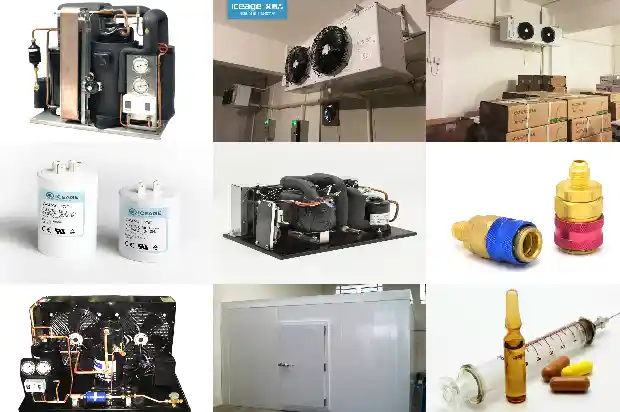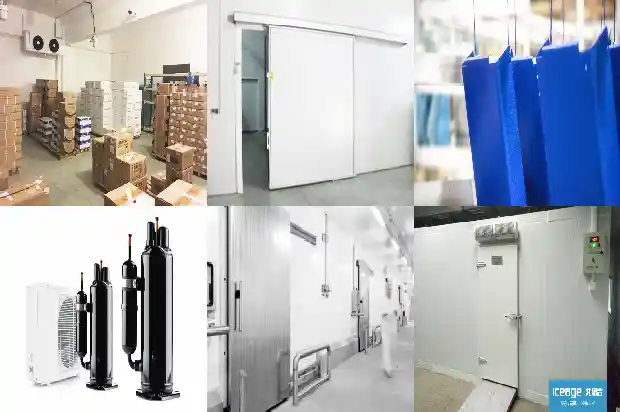Influence of Condensing Temperature Variation on Vapor Compression Refrigeration System
2024-09-14
The main factors (non-fault factors) affecting the operating conditions of vapor compression refrigeration systems include the degree of subcooling of the refrigerant liquid before throttling, the degree of superheat of the vapor inhaled by the compressor, and changes in condensation temperature and evaporation temperature.
(I). Impact of changes in condensation temperature - When the evaporation temperature remains unchanged and the condensation temperature rises, the following changes occur:

(I). Impact of changes in condensation temperature - When the evaporation temperature remains unchanged and the condensation temperature rises, the following changes occur:
- The condensation pressure increases.
- The exhaust temperature rises.
- The refrigerating capacity per unit mass decreases, the theoretical power consumption per unit increases, and the refrigerating capacity per unit volume decreases.
- For a refrigeration system, when the compressor's gas delivery remains unchanged, since the suction mass volume remains unchanged and the refrigerant circulation will not change, so the refrigerating capacity of the refrigerator will decrease and the theoretical power consumption of the compressor will increase.
(II). Impact of changes in condensation temperature - When the evaporation temperature remains unchanged and the condensation temperature drops, the following changes occur: - The condensation pressure decreases.
- The exhaust temperature drops.
- The refrigerating capacity per unit mass increases, the theoretical power consumption per unit decreases, and the refrigerating capacity per unit volume increases.

- For a refrigeration system, when the compressor's gas delivery remains unchanged, since the suction mass volume remains unchanged and the refrigerant circulation will not change, so the refrigerating capacity of the refrigerator will increase and the theoretical power consumption of the compressor will decrease.
Related Articles
- Influence of Fin Spacing of Evaporator in Air Cooler on Frost Formation
- What Misconceptions Should Be Avoided in Low - temperature Refrigeration System Repairs
- Why Does the Evaporation Temperature of the Refrigeration System Drop Too Low? And Why is the Condensing Pressure Too High?
- Introduction to the Advantages of Dual - temperature Cold Storage
- What are the characteristics of low-temperature cold storage?
- Requirements of Cold Storage Insulation for Maintaining Stable Temperature Inside
- Temperature Gradient Differences between Deep Foundation and Surface of Civil Cold Storage
- Temperature Requirements for Various Cold Storages
- Is the heating effect of air source heat pump air conditioner with enhanced vapor injection really good under low temperature conditions?
- 15 Reasons for Excessive Temperature Rise of Motors
- Types and Temperature Requirements of Seed Cold Storages
- Introduction to the Relationship between Refrigerants and Cold Storage Temperatures
- What are the effects of pressure and temperature on the refrigeration system of a cold storage?
- Application of Economizer in Air-cooled Heat Pumps and Low-temperature Screw Compressors
- Common faults in refrigeration system (discharge temperature and pressure)
- How to distinguish the quality of refrigeration compressor unit of constant temperature and humidity test chamber?
- Nine Essential Maintenance Methods for Low Temperature Cold Storage After Installation
- High Power Consumption of Constant Temperature Freezer and Its Solutions
